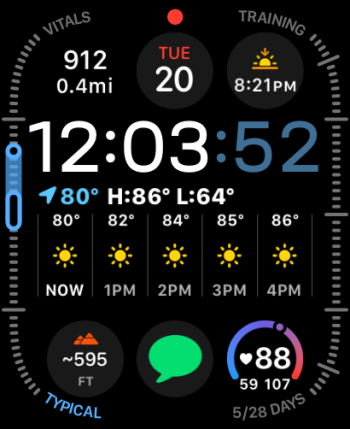Indeed. Even the blood oxygen sensor is a big thing if you tend to go hiking or mountain climbing a lot, which involves high altitude climbing and running. Especially if you have to be on oxygen concentrators or tanks like you, the built in blood oxygen sensor is a must have. One thing that a fingertip sensor does not do is that the Apple Watch pulse oximetry sensor can also measure blood oxygen levels in the background similar to heart rate, when you are sitting, sleeping or even while you meditate. When I do the Fitness+ meditations my watch takes a blood oxygen test because I am centering myself and sitting in one spot. Same when I do the yoga and Mindful Cooldown’s at the end, depending on how it is done, the sitting or laying down meditations as well.
Every September (or October) Keynote opening since the Apple Watch came out in 2015, has a clip of various Apple Watch wearers around the world that wrote letters and emails to Tim Cook of how the Apple Watch helped them save their lives.
I believe if the next Apple Watch comes with more advanced low heart rate and pulse detection technology, it can be pushed in a watchOS 11 release as I read the official Google press release about the Pixel Watch 3’s advanced heart rate monitoring
here. It just needs the accelerometer (which we already know that the Apple Watch is granted to have it for fall and crash detection), a spoonful of neural and AI processing and the ability of the heart rate sensor to detect sudden changes and drops to your heart rate.


 . If you had the first generation Apple Watch Ultra you also still get blood oxygen in addition to monitoring your body temperature and even the temperature of the water if you swim or deep sea diving in it.
. If you had the first generation Apple Watch Ultra you also still get blood oxygen in addition to monitoring your body temperature and even the temperature of the water if you swim or deep sea diving in it. 